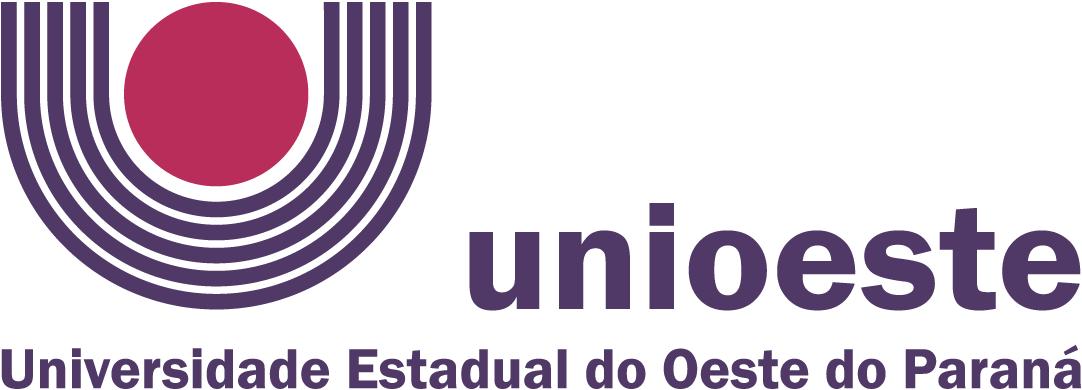Estimativa de áreas com culturas de verão no Paraná, por meio de imagens multitemporais EVI/Modis
Estimativa de áreas com culturas de verão no Paraná,Estimativa de áreas com culturas de verão no Paraná,por meio de imagens multitemporais EVI/Modis
Jerry Adriani Johann, Jansle Vieira Rocha, Daniel Garbellini Duft e Rubens Augusto Camargo Lamparelli
Resumo – O objetivo deste trabalho foi estimar e mapear as áreas com as culturas de soja e milho, no Paraná,com uso de imagens multitemporais EVI/Modis. Foram avaliados os anos‑safra de 2004/2005 a 2007/2008.Em razão da alta dinâmica temporal e da heterogeneidade de datas de semeadura das culturas no estado,foram utilizadas cenas que contemplavam as fases de pré‑plantio e de desenvolvimento inicial das culturas,para gerar a imagem de mínimo EVI (IMIE), e cenas que consideravam o pico vegetativo das culturas, paragerar a imagem de máximo EVI (IMAE). Estas imagens foram utilizadas para gerar a composição coloridaRGB (R, IMAE; GB, IMIE), o que permitiu a confecção de máscara das áreas com soja e milho. As estimativasdas áreas de máscara por município foram comparadas com dados oficiais de produção agrícola municipal,tendo-se observado bons ajustes (R²>0,84, d>0,95, c>0,85) entre os dados. Para a avaliação da exatidão espacialdas máscaras, imagens Landsat‑5/TM e AWiFS/IRS foram usadas como referência para construção da matrizde erros. Os resultados obtidos são indicativos de que a metodologia proposta é altamente eficiente e pode serutilizada para mapeamento dessas culturas.
Termos para indexação: classificação de imagens, distribuição espacial de culturas, índice de vegetação,mapeamento, previsão de safras, sensoriamento remoto.
Estimation of summer crop areas in the state of Paraná, Brazil,using multitemporal EVI/Modis images
Abstract – The objective of this work was to estimate and map crop areas with soybean and corn in the state ofParaná, Brazil, using EVI/Modis images. The crop seasons from 2004/2005 to 2007/2008 were evaluated. Dueto the high temporal dynamics and difference in planting dates of the cultures within the state, scenes containingthe pre‑planting and initial crop development phases were used to obtain the minimum EVI image (IMIE), andscenes at the peak of the crop cycle were used to obtain the maximum EVI image (IMAE). These images wereused to generate the RGB color composition (R, IMAE; GB, IMIE), which allowed for the creation of masksof the areas planted with soybean and corn. The estimation of masked areas by municipality was comparedwith the municipal agricultural production official data, and good fits (R²>0.84, d>0.95, c>0.85) was observedbetween data. For spatial accuracy assessment, Landsat‑5/TM and AWiFS/IRS images were used as referencesto build the error matrix. The obtained results indicate that the proposed methodology is highly efficient andmay be used as a model for cropland mapping.
Index terms: image classification, crop spatial distribution, vegetation index, mapping, crop forecast, remotesensing.
